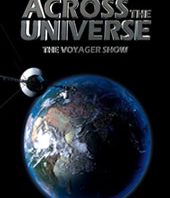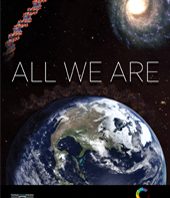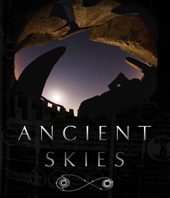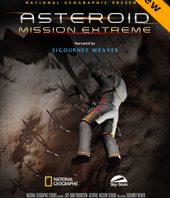Journey to the Stars
Our Journey to the Stars spans billions of years, beginning on Earth and extending beyond our galaxy and into the future before returning home.
More than 13 billion years ago there was only an invisible substance called dark matter, along with hydrogen and helium gas. The stars that formed quickly exploded in supernovas, blasting out new elements, the raw materials for building new stars and planets. The gravity of dark matter collected gas into galaxies including our own Milky Way. Moving forward to about 4.5 billion years ago, we see a tightly packed group of stars, called a star cluster, in which stars of many different masses and colors are formed, including our Sun.
The most massive stars lived only briefly, and exploded in gigantic supernovas. Less massive stars were flung out of the cluster – some, like our Sun, with planets already formed and orbiting around them.
We move on our present day Sun to see how stars work from its outer layer where a million-degree corona blasts out a solar wind, to its core where atomic nuclei fuse together to release immense amounts of energy. Jumping to the future, five billion years from now, our Sun at the end of its life expands into a red giant and sheds its outer layers, leaving a white dwarf, the hot dense remnant of the Sun’s core.
Returning to the present, we explore stars in our galactic backyard that are going through all these processes now—being born, ejected from star clusters, slowly dying, and shedding matter that may someday form other stars and planets. A short trip back home shows us the familiar night sky, and the morning light of the rising Sun reveals what stars have made possible.
Produced by the American Museum of Natural History
Narrated by Whoopi Goldberg
Approximate running time: 26 minutes
Suitable for family audiences.





